 A Guide To Smart Locks, Access Control, And Intruder Alarms
A Guide To Smart Locks, Access Control, And Intruder Alarms
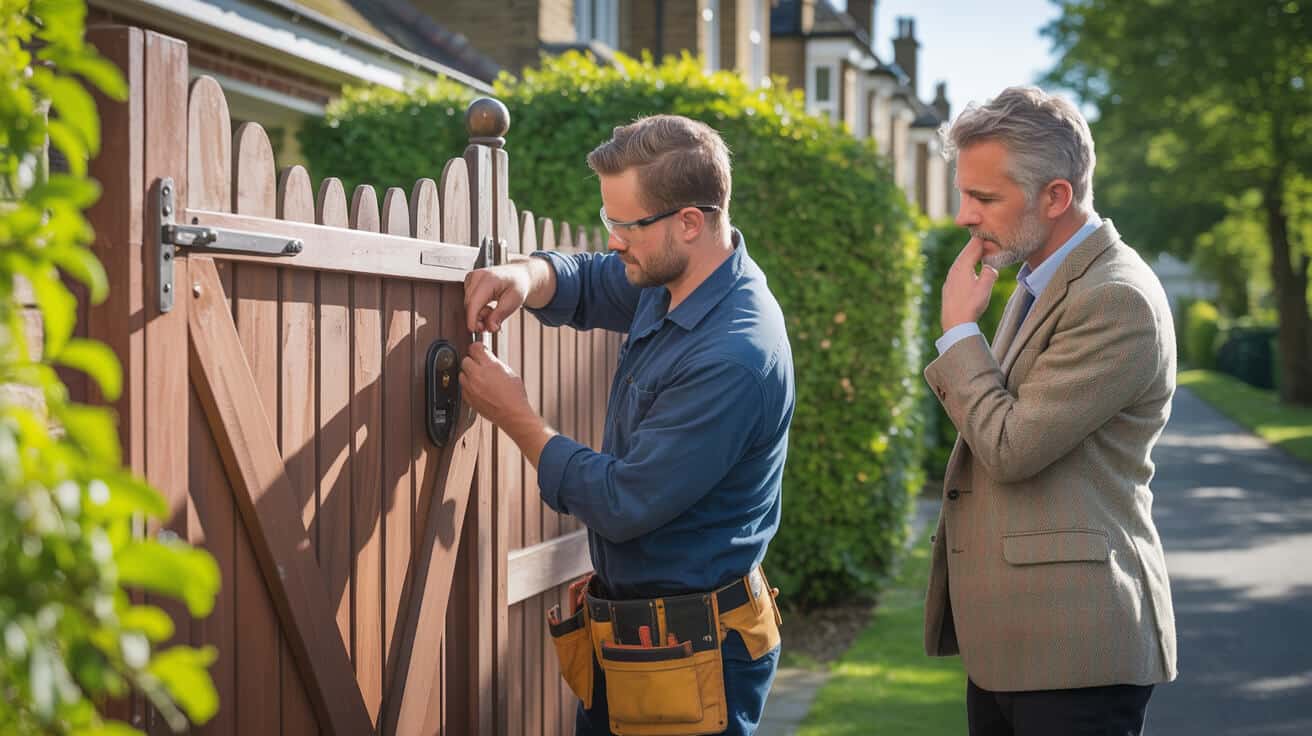
Why Are Integrated Security Systems Now the Minimum Expectation for Modern Properties?
Today’s property landscape is unforgiving when it comes to security. Whether you manage residential flats, commercial sites, or mixed-use properties, the baseline isn’t a sturdy lock and a “No Trespassing” sign—it’s a layered, digitally controlled, and auditable security ecosystem. Tenants don’t just hope you’ve got it handled; they expect visible proof, and so do insurers, local authorities, and future investors.
The weakest link in your security setup is now one click, not one door.
What’s behind this seismic change? It comes down to three unignorable realities:
- Regulatory Surge: Licencing rules, HMO codes, and even planning permission hinge on modern, standards-compliant access control—with auditable records, not mere receipts or lock photos.
- Insurance Clampdown: Underwriters don’t just want to know “what’s installed”—they want real-time logs, maintenance evidence, and certification proof at the touch of a button.
- Tenant Power Shift: Tech-competent residents—especially in urban and student lets—demand seamless key management, mobile access, and visible safety protocols. Their complaints or online reviews influence reputation and occupancy.
If your property security still relies on physical keys or unconnected alarms, you’re not just behind—you’re on risk watchlists. Insurers, regulators, and savvy tenants are using digital due diligence as their philtre, rewarding prepared owners with lower premiums and full occupancy—and freezing out those who miss the mark.
Integrated systems aren’t about gadgets; they’re about protecting your cashflow, keeping you out of bureaucratic snags, and projecting confidence to every stakeholder involving your asset.
How Have Smart Locks Set the New Bar for Property Access and Tenant Trust?
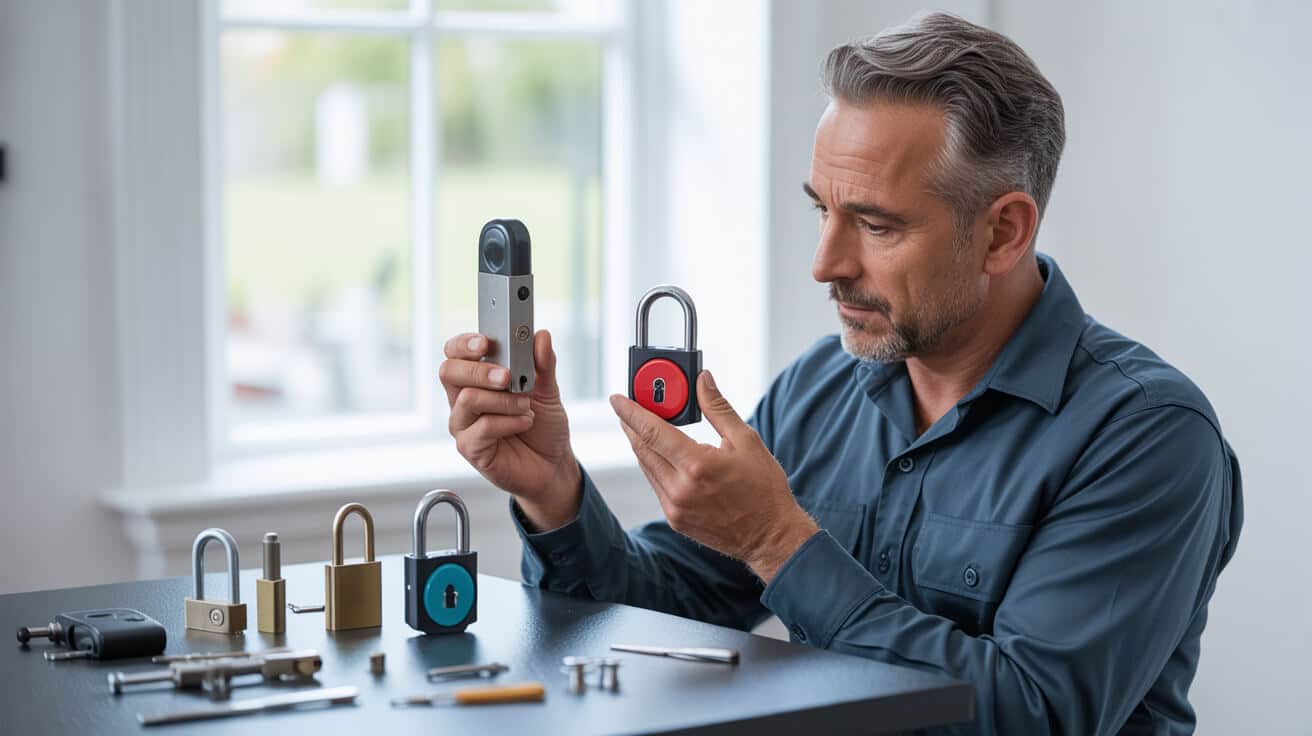
The myth that “a good lock is enough” has collapsed under the realities of lost keys, tenant turnover, disputed access, and risk audits. Smart locks now set the entry-level standard, not the premium tier. They don’t just shift access to your phone—they put you in command of every risk, record, and responsibility.
If you can’t see an audit trail, you’re back to hoping nothing goes missing—or that nobody finds out.
Here’s why property professionals are switching in record numbers:
- Remote flexibility: Authorise, restrict, or expire access for tenants, staff, or contractors—all from your smartphone or desktop. No more post-box key swaps or weekend lockouts.
- Spotless audit trails: Every entry and exit is logged. If something goes wrong—a lost package, a dispute over who entered when—you’ve got timestamps, not guesswork, to hand over to authorities or insurers ([homebuilding.co.uk](https://www.homebuilding.co.uk/advice/what-is-a-smart-lock?utm_source=openai), landlordvision.co.uk).
- No lost-key nightmares: End-of-tenancy? Remove digital keys instantly. Holiday let? Grant time-limited codes—no rekeying, no admin.
- Code-forward compliance: BSI Kitemark, PAS24, and SBD badges are now routinely required (eraeverywhere.com)—not nice-to-haves when audit season rolls round.
- Tenant experience leap: Data shows renters now prioritise visible digital access and safety over “classic” deadbolts. trust grows when you take guesswork out of who can open what—and when.
Worried about costs? Compared to routine rekey jobs, lost key incidents, or the fallout from a contested entry—you’re likely to save money and sleep better.
Why Is Access Control No Longer a Luxury—But Fundamental Risk Management?
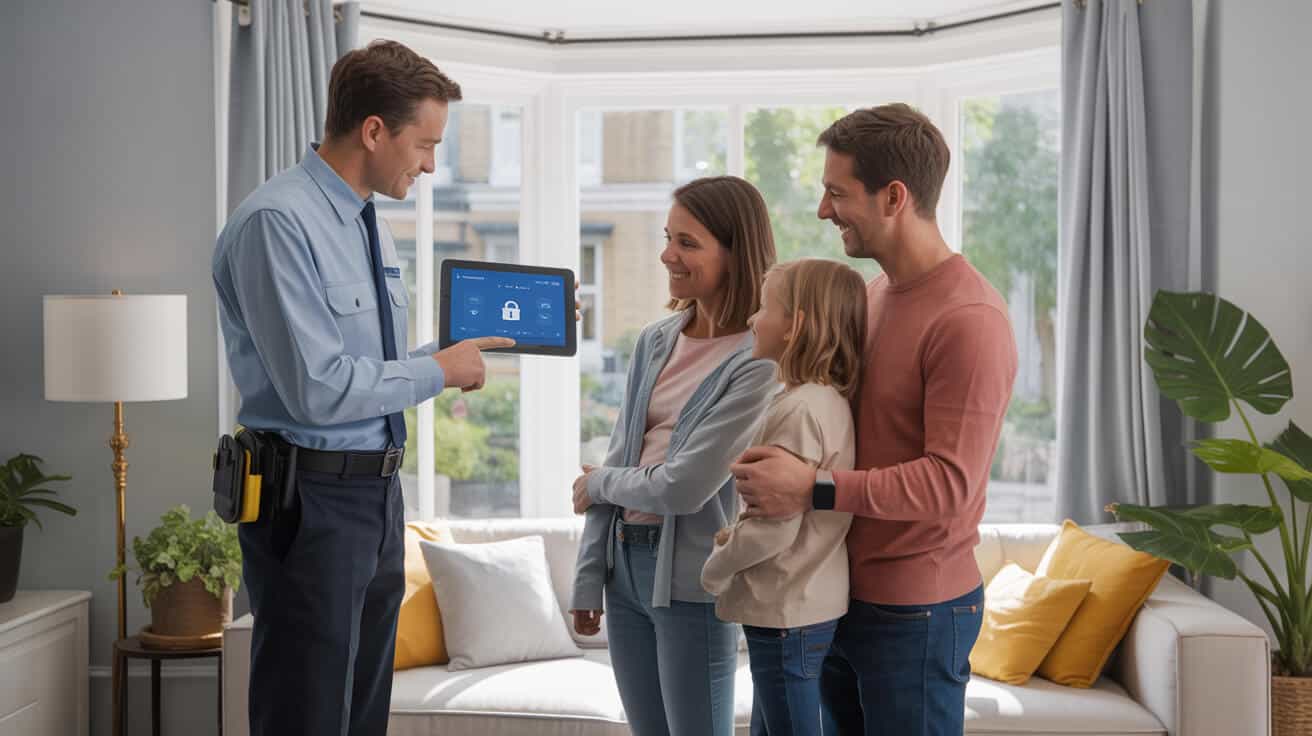
If you’ve ever found yourself asking “Who was on site last Tuesday?” or “Do we know if the alarm was set after the cleaner left?”, digital access control answers those questions—now, in real time, and with shareable proof.
Hope is not a risk strategy; documented access is.
Digital access control systems fundamentally shift your risk profile:
- Granular permissioning: Set who can enter which doors, during which hours, and for how long. Contractors finish? Access auto-expires—no more “forgotten” key copies.
- Live logs: Demonstrate to auditors or in court exactly who accessed which zone and when ([techtarget.com](https://www.techtarget.com/searchsecurity/definition/access-control/?utm_source=openai)).
- One-click updates: No chasing staff or waiting for lock changes—handle churn, emergencies, or maintenance instantly, with full security.
- Third-party integration: Link CCTV, alarms, and even fire panels for a full property risk dashboard.
For HMO landlords, block managers, and commercial facilities teams, this isn’t a tech flex—it’s a way to get ahead of the audit curve, eliminate finger-pointing after incidents, and show regulators you value safety and due diligence above all.
Where Do Legal and Insurance Requirements Raise the Stakes on Security?

It’s too easy to get caught out by an insurer or council surprise inspection—and suddenly find a claim refused, a tenancy blocked, or a fine heading your way. Today, documentation isn’t optional—it’s the gatekeeper to valid cover, uninterrupted revenue, and personal liability protection.
If you can’t hand over live logs and up-to-date certificates, your ‘system’ is just a liability gap waiting to explode.
The rules have teeth:
- Council licencing: HMO and most local authorities demand written proof that locks, access controls, and alarms meet or exceed the UK’s latest build and compliance codes (arran.co.uk, sbd.org.uk).
- Annual system checks: Insurers and licencing schemes increasingly stipulate not just “annual service” but exportable records, live logins for audit, and up-to-date firmware/software evidence.
- Notification and privacy laws: Changing access methods? Written pre-notification to tenants is a legal precondition. Failure to comply opens you to legal action and tribunal risk (property118.com).
- Data storage: Keep logs, digital certificates, and service history secure *and* accessible. Auditors will ask, and insurers will spot-check.
The upshot? Skimping on compliant kit, records, or updates is no longer “penny wise”—it’s a direct, costly risk to your cover and credibility.
What Features and Standards Distinguish ‘Real Protection’ from False Assurance?
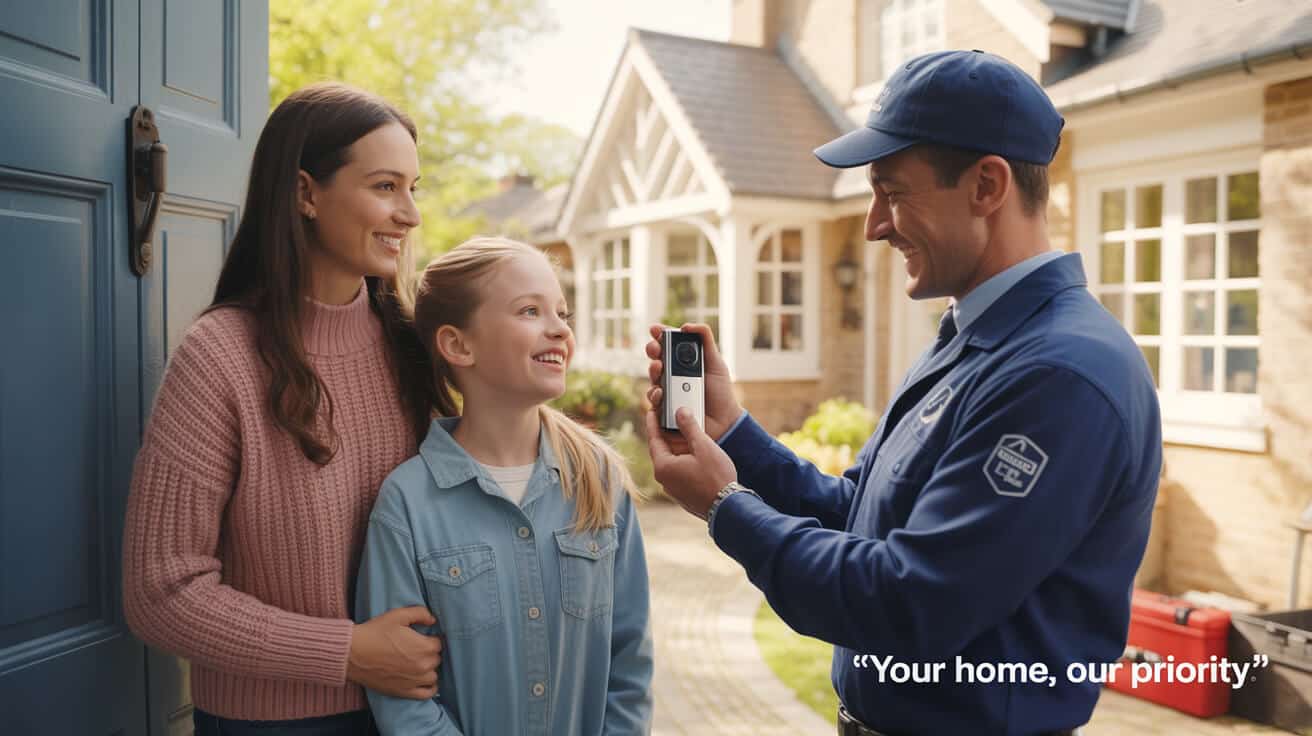
With every DIY shop now selling “smart” security, decision-makers risk mistaking slick marketing for substantive protection. Without certified, standards-proofed choices, you’re gambling with your property and reputation.
Good enough fails when a claim, tenant dispute, or fine lands with no product standard or system record to back you up.
Don’t let checklists lull you. Insist on:
- UK certification, always: If BSI Kitemark, PAS24, TS007, or SBD aren’t on the box (and paperwork), you’re not fully compliant (sbd.org.uk).
- Multiple user methods: PIN, card, mobile, or biometrics—don’t force users into unsafe workarounds if the app fails or the fob is lost.
- Audit-ready logs: Must export usable reports—not just “view on screen.” You need evidence, not screenshots, for insurance, letting agent, or council use ([landlordtoday.co.uk](https://www.landlordtoday.co.uk/breaking-news/2019/8/five-ways-to-keep-your-rental-property-secure/?utm_source=openai)).
- Integrated operation: Your alarms, access, and logs should sync to avoid gaps—manual reconciliation is where most compliance failures begin.
- Human-centric usability: Can tenants and site staff use and update methods without a call-out? Complexity kills compliance; choose systems people will actually use.
Documentation and support for every step—instal, service, user changes—make the line between “just installed” and “sustainably safe” unmistakable.
How Do You Maintain Security (and Audit Readiness) After Instal Day?
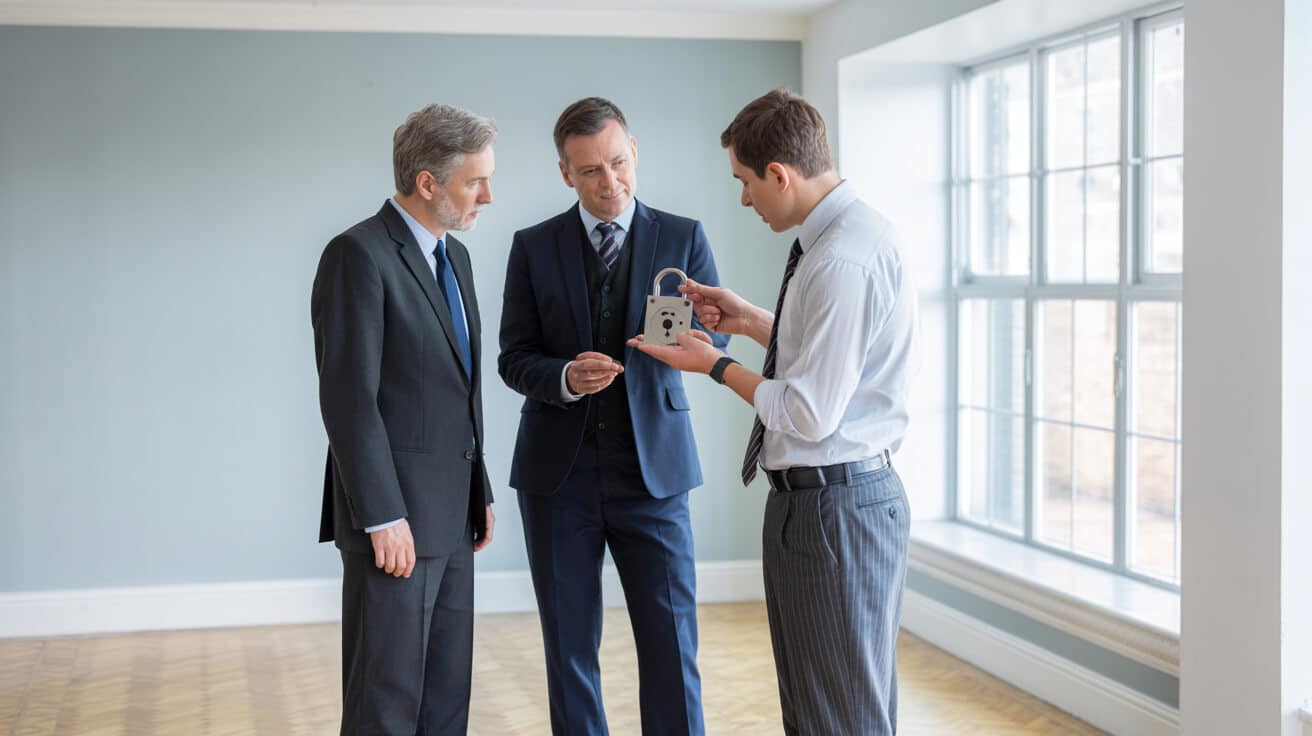
Once the stickers and instruction manuals collect dust, your compliance and claim position rely on one thing: discipline in documenting, updating, and periodically stress-testing your systems. The hidden trap? Most failings reveal themselves months or years later, in a claim or audit—not when you think you’ve “finished” the upgrade.
Most property crises aren’t from one break-in—they metastasise from stale records, missed updates, or unclear accountability.
Keep ahead by embedding simple routines:
- Calendar-linked reviews: Schedule maintenance logs, credential checks, and log reviews—don’t rely on memory or ad hoc reminders.
- Link security checks to all major events: New tenancies, staff changes, or upgrades? Bundle in a full system walk-through, update logs, and new user training ([urban.co.uk](https://www.urban.co.uk/landlord-university/advice/maintain-property-compliance/?utm_source=openai)).
- Investigate every ‘oddity’: One failed PIN attempt, one missing staff credential—don’t wait until after loss to ask the tough questions.
- User refreshers: Run short demo sessions or provide job aids so users keep confidence and avoid misunderstandings.
- Regulation watch: Appoint someone—or partner with your security provider—to watch for code and law shifts. Early action always costs less.
This diligence doesn’t just lock out risk; it gives you frictionless answers during the surprise phone call (“Can you send your last three maintenance logs by 3pm?”).
What Does a Proper Professional Installation and Handover Look Like in 2024?
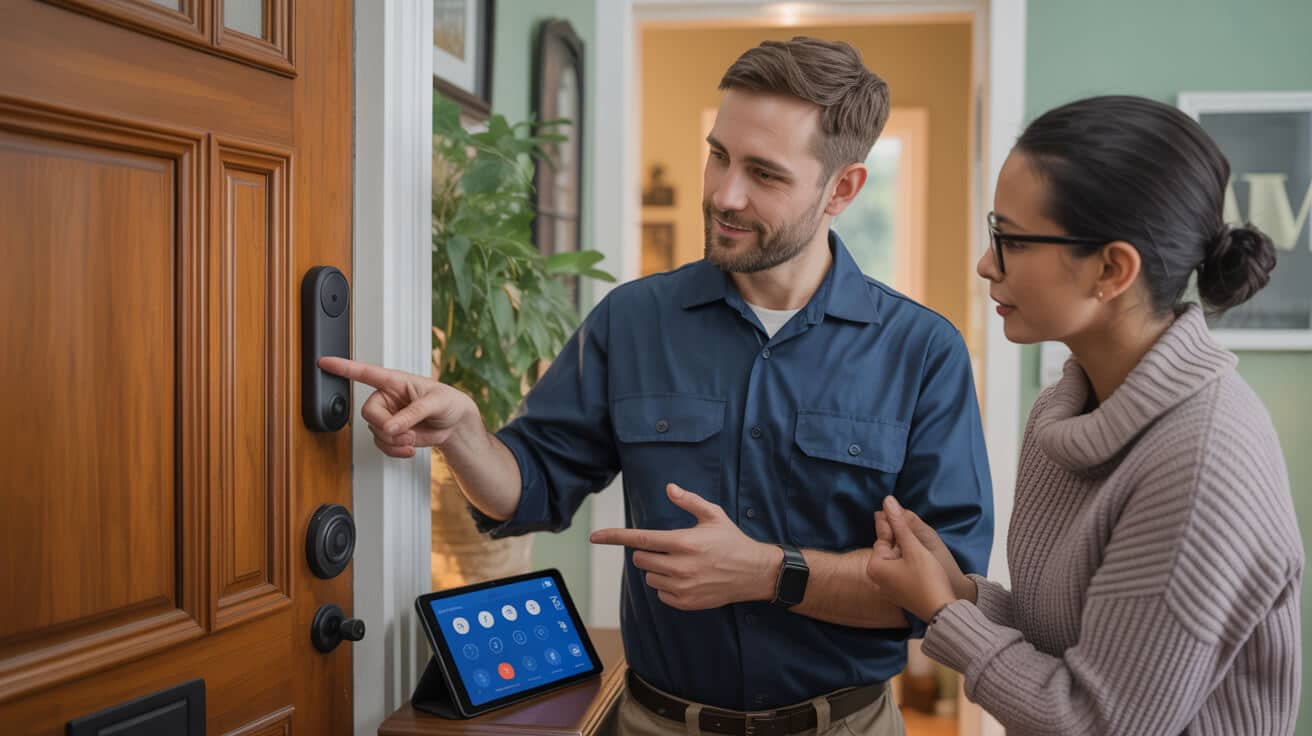
Buying great kit is only half the storey; installation and onboarding determine whether your investment pays off in claim-proof compliance or non-stop hassle. The difference is visible in every audit file and tenant complaint rate.
The team you choose is your compliance insurance, not just your fixers.
Insist on this process from any professional installer:
- Badge and proof: Every engineer presents City & Guilds/NVQ, BSI, SBD, or HMO-compliant trade credentials—and you get a digital record of it.
- Stepwise documentation: From serial numbers to logins, every step is photographed and signed into a handover pack for you and your property file.
- Live user handover: Each site manager, owner, or key holder gets a live demo—not just a leaflet—showing access, log audit, and troubleshooting flow (ssaib.org).
- Ongoing support: Your provider offers not just a sign-off, but a calendar of service dates, support lines, and notification about compliance changes.
Done right, the installation is your shortcut to audit success, fast claim payout, and positive reviews from tenants and investors alike.
Why All Services 4U Is the Gold Standard in Security, Compliance, and Landlord Confidence

There’s no room for luck or “good enough” when your portfolio, brand, and risk appetite all depend on seamless, documented property security. Owners, agents, and facilities managers across the UK turn to All Services 4U because we deliver audit-ready, future-proofed protection—every time, for every property.
When the call comes—auditor, insurer, or tenant—we put the paperwork, logs, and answers in your hand, with zero drama.
Why trust All Services 4U?
- Certified, DBS-cleared engineers: No temps, no corners cut—just fully qualified professionals who handle property as if it were their own.
- Single-source simplicity: From access upgrades to urgent alarm callouts, one provider for all security layers—no chasing sub-contractors or waiting on patch jobs.
- Live digital documentation: Every instal, every service, every photo—ready and downloadable for your records or next inspection.
- Fast, reliable response: UK-wide, emergency or planned, and always delivered with proactive status updates so you’re never left guessing.
- Proactive compliance: We track regulatory, insurance, and sector shifts—so your security isn’t just ready today, but audit-proof for tomorrow.
Don’t risk another month with “maybe compliant” security or scattershot records. Lead your property team with bulletproof confidence—choose All Services 4U and stay protected, compliant, and respected in every audit, handover, and claim.
Take control of your risk, reputation, and peace of mind—get in touch with All Services 4U today to protect what matters most.
Frequently Asked Questions
Who benefits most from integrated smart security systems—and what’s fueling this trend in UK property management?
Integrated smart security systems are rapidly redefining what it means to manage property responsibly, especially for UK landlords, facilities managers, commercial landlords, and residential block managers. The reason adoption is accelerating? These systems deliver more than clever gadgets; they give decisive, real-time oversight and make compliance and risk management measurable, not assumed. When every entry, exit, and alarm event is logged, disputes about responsibility shrink. Landlords resolve key handover issues in minutes instead of hours. Agents automate changeovers and spot liability blind spots before they escalate. Facilities teams consolidate dozens of manual checks with a single audit-friendly dashboard.
Evidence-driven access control is the new gold standard; proof no longer hides in a pile of keys or paperwork, but lives in your hand, updated by the second.
Who is driving the field forward?
- Landlords & HMO managers: Slash churn time and avoid late-night callouts by resetting access remotely.
- Letting agents: Offer higher-value services and cover licencing compliance and tenant turnover in a single sweep.
- Block and facilities managers: Gain granular control, export audit reports for owners and compliance, and balance multi-site complexity.
- Commercial portfolio leads: Synchronise staff access, deliveries, and regulatory readiness across buildings, not just doors.
- Homeowners: Get leverage with insurance discounts, and manage visiting trades or domestic staff securely.
The real storey? Integration translates old pain points—lost keys, fuzzy records, occupancy disputes—into operational wins that save money and reputation. All Services 4U empowers your team to move fast, stay compliant, and prove your diligence instantly.
What UK accreditations and digital records define a truly compliant smart security installation?
Trust in a security system now starts with strict documentation and professional credentials. UK law and insurers increasingly demand that every piece of installed smart security hardware—locks, cylinders, alarms—carry not just CE and UKCA marks, but product-specific accreditations: BSI Kitemark, PAS24, TS007, Secured by Design. Insurance claims can hinge on whether your alarm is EN50131 rated and from an SSAIB/NSI Gold installer. But compliance isn’t just about badging: professional fitters must be City & Guilds or NVQ Level 3 qualified, enhanced-DBS-vetted, and licenced for height work (IPAF/PASMA).
Genuine peace of mind means your engineer can prove credentials and hand over a digital evidence pack—photos, serials, instal docs—at the end of every job.
Your compliance-to-proof workflow:
- Product validation: Demand sight of Kitemark/PAS24/TS007 for locks and SBD compliance for all entryways.
- Installer verification: Look for City & Guilds/NVQ 3, SSAIB/NSI Gold, Enhanced DBS, IPAF/PASMA cards at start.
- Digital handover: Insist on an exportable file with asset IDs, user onboarding, accept/reject test logs, and photographic records.
- Audit readiness: All logs must be cloud-stored, downloadable in under a minute, and matched to user actions for council or HMO checks.
While older systems may lack full reporting, upgrading to real-time, exportable compliance isn’t optional for properties subject to fire, HMO, or GDPR rules. With All Services 4U, every instal finishes with legally robust, audit-proof evidence you control.
How do smart locks and access control systems outperform traditional keys—and which properties see the biggest benefit?
Traditional keys only control physical entry and focus on single-tenant stability. The moment you face shared tenancies, Airbnb turnover, or multi-site commercial portfolios, old systems create bottlenecks: duplicated keys, lost sets, manual sign-ins, and no reliable audit trail. Smart locks remove friction entirely—generating time-stamped digital access for every user and allowing instant code changes for tenants, agents, or contractors. When disputes arise or keys go missing, resolution is just a click away. Access control platforms expand this further, letting you master multi-zone permissions, automate handovers, and unify data from entry doors to staff rooms and delivery bays.
In high-turnover or compliance-driven sites, losing a key is more than an inconvenience—it’s a risk. Digital logs close that gap, resolve conflicts, and streamline management.
Property-type snapshot: Who wins most?
| Security Solution | Best Fit | Main Constraint |
|---|---|---|
| Traditional Locks | Single homes, elderly occupants, low churn | No logs, high admin cost |
| Smart Locks | Short lets, HMOs, rapid turnover environments | Limited multi-zone integration |
| Full Access Control | Blocks, offices, multi-use commercial sites | Higher instal, needs good setup |
For landlords, letting agents, and business owners who need to track multiple users and handovers, going digital is the difference between reacting to issues and preventing them altogether.
What digital documentation, regular reporting, and live maintenance are now required for UK-compliant smart security management?
Insurers, regulators, and tenants now expect more than ‘fit and forget’—they want digital proof. It’s no longer enough to keep a paper sign-in sheet or handover note. You’ll need a continuously updated, cloud-based log for all devices, with export-ready evidence for insurance, council, or property audit at any time. Routine engineer visits must be digitally recorded, as must firmware updates and code changes. Should a dispute over access or maintenance ever arise, these records become your strongest legal protection.
The biggest compliance failures in the last five years weren’t burglaries—they were lost logs, missed updates, and proofs that took too long to surface.
The new must-haves for active compliance:
- Digital audit trail: Timestamped, downloadable access logs for every system change and user event.
- Maintenance scheduler: Calendarised reminders for testing, firmware, and critical alarms—each automatically logged.
- Live user management: Instantly revoke or update access, especially after tenant or staff changes, and have it reflected in real time.
- Fire and egress documentation: Keep floor plans, certifications, and adjustments synced and accessible for inspectors or insurers.
- Multi-site/cloud backup: Distribute copies to off-site storage to guard against device failure or litigation demands.
Landlords and portfolio managers using All Services 4U can automate compliance and task reminders, slashing admin headaches and resolving audits or complaints with a single digital file.
What trade-offs—cost, compliance risk, convenience—really shape the decision when picking a smart security provider or system?
Squeezing the upfront price can trap you into hidden costs: repeat call-outs, insurance claim denials, urgency-fee retrofits if you fail an HMO or council inspection mid-tenancy. The real question isn’t price, but value over system lifetime. Trusted brands provide proven UK certification and ongoing support; reputable installers bring references, digital onboarding packs, and transparent portfolio evidence. Prioritising scalable, future-ready support protects your investment as standards shift and your estate grows.
Every cheap fix at selection time can multiply into substantial financial loss if logs are missing or support collapses when you need it most.
How to choose smart, not just cheap:
- Rated manufacturers: Look for Ultion, ERA, Yale, Nuki, Ring (all UK/EU certified).
- Audit-driven handover: Accept only digital handover documents (device IDs, onboarding, maintenance schedule) matched to your property.
- Continuous service: Insist on providers like All Services 4U with calendarised updates, emergency call lines, and evidence packs.
- Credential transparency: Verify DBS, NVQ/City & Guilds, and trade badges. Public portfolios increase accountability.
- Growth flexibility: Will your setup handle new regulations or portfolio expansion without needing a total rip-out?
Upgrading with All Services 4U ensures every decision strengthens, rather than weakens, your property’s legal standing and operational resilience.
What step-by-step approach guarantees a compliant, future-ready digital security instal and operational success?
A proper project starts before any hardware is ordered. The gold standard is a site survey by a fully accredited engineer—ahead of the instal—to flag legacy complications and tailor the spec to your needs (including risk level, integration, and insurance criteria). Build in proof: every instal is photo-documented, asset-logged, handed over with digital onboarding, and supported by automatic reminders for legal and insurer check-ins. Smart onboarding means every stakeholder—from new tenants to facility supervisors—gets more than a key: they understand the system, receive login credentials, and know how to access logs. Regular reviews and maintenance tighten control, improving both compliance and user experience.
Compliance is something you build, not check off—a loop where physical fit, digital evidence, and ongoing training lock together.
Roadmap: Building smart security that stands up to audits and real-world use
- Site survey: Asset risk, power, and compliance gaps mapped by City & Guilds/NVQ engineer.
- Spec and sourcing: Hardware meets BSI/PAS24/SBD; supports multi-zone and future integrations.
- Pro instal: Full, DBS-vetted, trade-certified fitout—live safety measures and record-keeping throughout.
- User onboarding: Walkthroughs, credential setup, access logs demonstrated and downloaded in real time.
- Digital archiving: Exportable documentation, floorplans, certifications, cloud-stored and readily retrieved.
- Ongoing support: Scheduled reviews, auto-reminders, cloud-linked evidence packs, and adaptive updates as standards change.
Only a joined-up process—delivered by providers like All Services 4U—ensures you’re not left patching holes after the fact, but build in audit-proof resilience, reputation, and confidence from the ground up.



